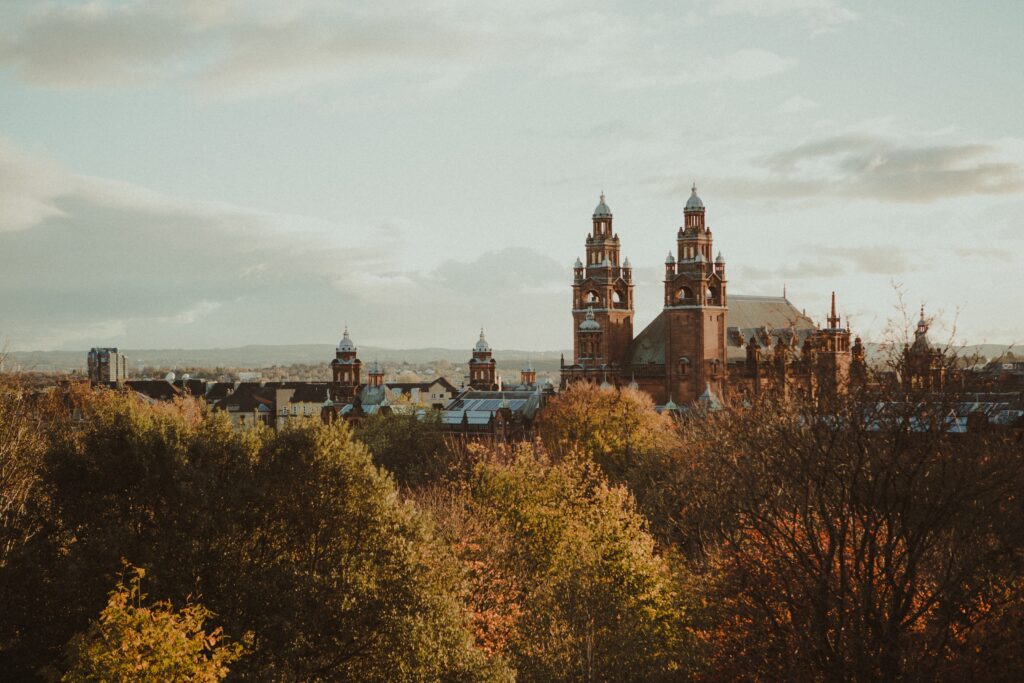Glasgow’s level of air pollution dropped significantly during spring lockdown, but clearly rose when restrictions were released later in the year.
For the first time since air pollution targets were introduced, Glasgow came under its proposed air quality limits, the charity Friends of Earth revealed.
The legal air quality standard introduced in 2010 have previously consistently been breached each year.
As a result of lockdown restrictions, the plummet in road traffic reduced toxins released by diesel, which improved air quality in the city.
In particular, routes into Glasgow city centre likely show the largest drop in pollution due to the majority of commuters working from home at points during 2020.
Friends of the Earth highlighted the reduction of nitrogen dioxide in one street over the course of one year. They revealed that Hope Street nitrogen dioxide levels feel from an average of 55.7 micrograms per cubic metre in 2019, to 35.9 in 2020.
The charity maintain that this shows a link between car use and pollution levels and they call for Glasgow City Council to act to maintain this reduced level of traffic.
Most recent air quality statistics suggest improvements in air pollution were undermined, having returned to pre-pandemic levels.
During the first lockdown, temporary active travel routes were installed to support social distancing.
Last December, the Scottish Government unveiled their commit to a 20 per cent reduction in car kilometres per year by 2030. This leaves under a decade for Glasgow to strength promote active travel and public transport.




